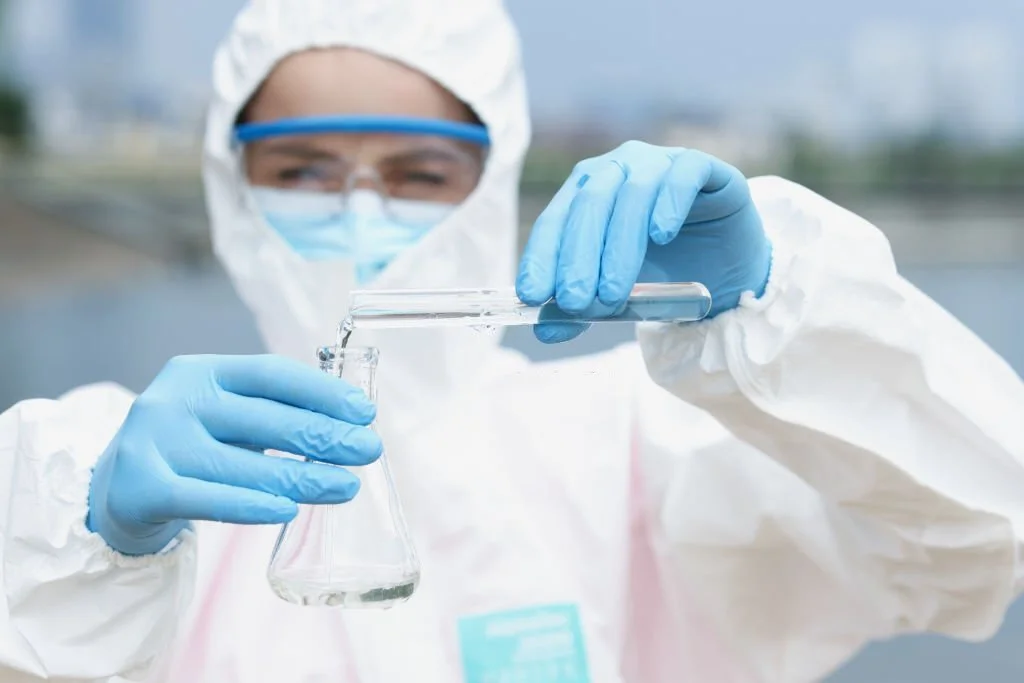The earth's surface is continually being moved by water in all directions. Water travels through the soil and gathers up various things along the way. As it travels through different types of rock and soil and changes in season, water quality will vary from one location to another.
The main factors affecting water quality are often natural occurrences. As an example, even in the absence of anthropogenic pollution or subsurface rock and soil movement, water may pick up natural toxins. Along with the effects of nature, human actions such as open defecation, rubbish disposal, subpar agricultural methods, and chemical accidents at industrial sites can harm water.
Test Formats For Water Quality Testing
While human activity has a significant impact on water quality, other underlying components like weather and meteorology, flooding from climate change, overloaded sewer systems, garbage, animal waste, and nitrogen and phosphorus mix in waterways, increase the risk of pollutants and drive up the price of water treatment. According to a common belief, climate change is having a significant impact on water quality.
For all living things to survive, including humans, animals, and plants, water is a fundamental resource. Water is the second most important element after air for survival. According to the data released by surveys, only 3% of the water on earth is fit for consumption.
Three general categories can be used to classify low-tech, portable field test techniques for assessing chemical water quality:
1.Test strips
The color of these tiny, one-time-use strips varies depending on the chemical's amount. The consumer stimulates the paper or plastic strip according to the test by either holding the strip in a flowing stream or putting it all into the water sample and swirling it around. Shortly after waiting, the user determines the chemical concentration by contrasting the test strip's color with something like a color chart. Although these kits are quite straightforward, they are much less precise than other approaches, particularly if consumers don't stick to the guidelines.
2. Color disk kits
For a variety of chemical testing, color disk test kits are readily accessible. The user typically prepares a sample of water in a reusable tube by adding a powder packet maybe a few droplets of a liquid reagent. The consumer next inserts the sample tube into a little plastic display box. There is a plastic disk inside this viewing box that is imprinted with a color gradient. The user turns the color disk until they find the region that most closely resembles the color of the item, and then they scan the chemical concentration from the disk. Color disk kits are a little more difficult and expensive, but usually more accurate because they normally involve several procedures and frequently contain suggested wait durations.
3. Hand-held digital instruments
It is possible to test the water with compact and portable digital meters, colorimeters, and photometers. Among these three testing techniques, they yield the most reliable results, but they're more costly and delicate than the alternatives. Batteries and calibration are required for this equipment. The use of digital instruments for crowdsourcing water quality testing seems improbable, despite the fact that they are useful to field professionals and a necessary component of any ongoing or remote monitoring program.
Are you trying to find a location that can test the quality of your water? Call Test My Home right away!

